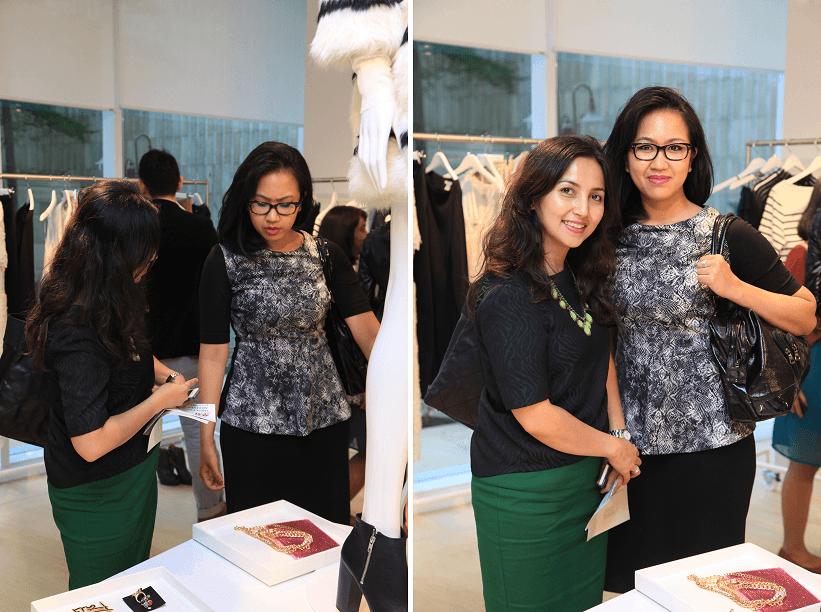
industry news
28 Jun 2013
At Last! H&M Brings Swedish Style to Indonesia
In the middle of June, Hanzky and I attended a special media preview of H&M at Grand Indonesia. So it turns out that rumors of its arrival are not exaggerated after all! Following in the footsteps of Uniqlo and Cotton On, the Swedish retailer is now party to the proliferation of high-quality, low-priced international fashion merchandisers that have been flocking to Indonesia in recent years. Perhaps they’ve noticed the buying power of our ever-growing and fashion-savvy middle class, who always love a good deal–and as you’ll see later on, H&M has always been more than a good deal!
While representatives kept mum on the grand opening date, they were quick to tell us that the first store will open in Gandaria City followed by another in Pondok Indah Mall and a flagship store in Grand Indonesia. The first collection to roll in will be the Autumn ’13 collection, which will see dark, heavy fabrics and faux furs paired with sheer and flowy creams. I can’t quite see some of these outfits work in our tropical climates, but this was just a preview and I’m sure there will be plenty more topical weather-appropriate items for us to gawk over!
A very pleasing aspect of their arrival is this: H&M have not jacked up their prices for the Indonesian market, which means that there will be no price tag discrepancies between items found at H&M stores in Indonesia, Europe, and the United States! I found stylish, great-quality jackets in the IDR 500,000 range, adorable purses in the IDR 300,000 range, and sunglasses going at IDR 99,000.
While keeping prices low is always a plus point for consumers, it does raise concerns about how it is still economically viable for the retailer to do so: the horrible, horrible April 2013 collapse of a Bangladeshi factory churning out clothes for UK retailer Primark comes to mind, a reminder of the high human cost that oftentimes comes hidden with our addiction to low-priced fast fashion. Although the factory that collapsed did not supply garments to H&M, many other Bangladeshi factories did; in fact, H&M commissions and purchases more garments from Bangladesh than any retailer in the world, making it the largest contributor to the South Asian’s nation USD20 billion garment industry.
Two weeks after news of the factory collapse surfaced, H&M spearheaded an initiative to improve working conditions in Bangladeshi garment factories. Riding the crest of its wave were fellow European retailers such as giant Spanish multinational Inditex (parent company of Zara, Massimo Dutti, Stradivarius, and more) and celebrated British company Marks & Spencer. The concerted effort by H&M is committed to safety re-education and implementation, skills development, and financial educational assistance.
Hanzky and I are not to be disturbed while sh0pping, except for a photo op!





